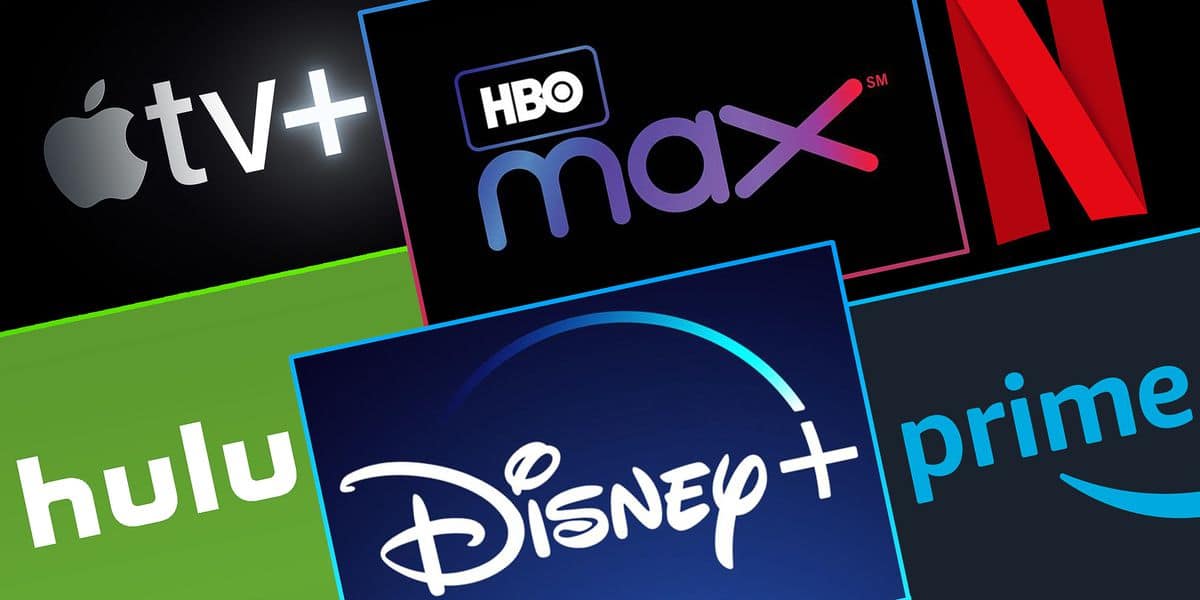The Indian market is usually difficult to crack due to its price sensitivity, regional demands, and many other quirks. Ever since on-demand video streaming sites such as Netflix and Disney entered the Indian market, they have had to curate content and play by the rules of this market, and yet, most of them are still unable to turn a profit.
These platforms gained a massive following during the pandemic era. But now, with the world more or less back on its feet, the story has changed. Both foreign platforms such as Netflix and homegrown ones such as Hotstar are finding it difficult to stay afloat.
The primary reason for this inability to cope with the demands of the Indian market is their West-centric product stylization. However, it seems like these brands are now taking note of the ground reality and updating their product offerings.
Introducing Different Models
Netflix probably learned this the hard way. The platform had always considered itself to be a premium product, as it entered the video streaming market before most of its competitors. However, in India, this made little difference.
They soon realized that their premium pricing will be the death of the streaming service in India. So, what started as almost INR 1000 for a monthly subscription; is now being offered at INR 199 (mobile viewing only).
The only mobile viewing plan also worked in their favour since smartphone penetration is rapidly increasing in the country, and almost every second person has access to a mobile device. But even this was not enough.
Netflix is now planning to launch ad-supported plans for even lower prices. The platform had always prized itself for its ad-free content delivery model, but they have realized that the Indian audience does not care about watching a few ads as long as the price goes down further.
Hotstar and Amazon Prime already have ad-free and with-ad models on their platforms, and the number of ads is slowly increasing as well. Most of these platforms are now realizing that in order to sustain themselves in the Indian terrain they must cater to ad-based monetization rather than direct customer subscriptions.
Content Variety
The Indian palette is diverse. From Korean dramas to Tamil films, there is a vast area of content that needs to be covered in order to truly reel everyone in. This is why the approach taken by platforms such as Netflix and Amazon Prime Video was drastically failing.
But, upon realizing how well certain shows were performing, these platforms are now providing a more diverse set of content. Hotstar, which is also the official provider of Disney+ content in India, recently announced that they will be showing the Asia Cup and Men’s Cricket World Cup matches for free on their platform.
This further goes to show that there is money to be made in India by providing free content as well. The truth is that the Indian population does not look at streaming services as a separate entity from their regular TV programmes. While the on-demand model is clearly preferred, pricing it much higher than regular TV subscriptions will not work in this market for the long term.
So, even the bigger players such as Netflix and Disney will have to create new models and a large range of content to reel in the wider audience.













